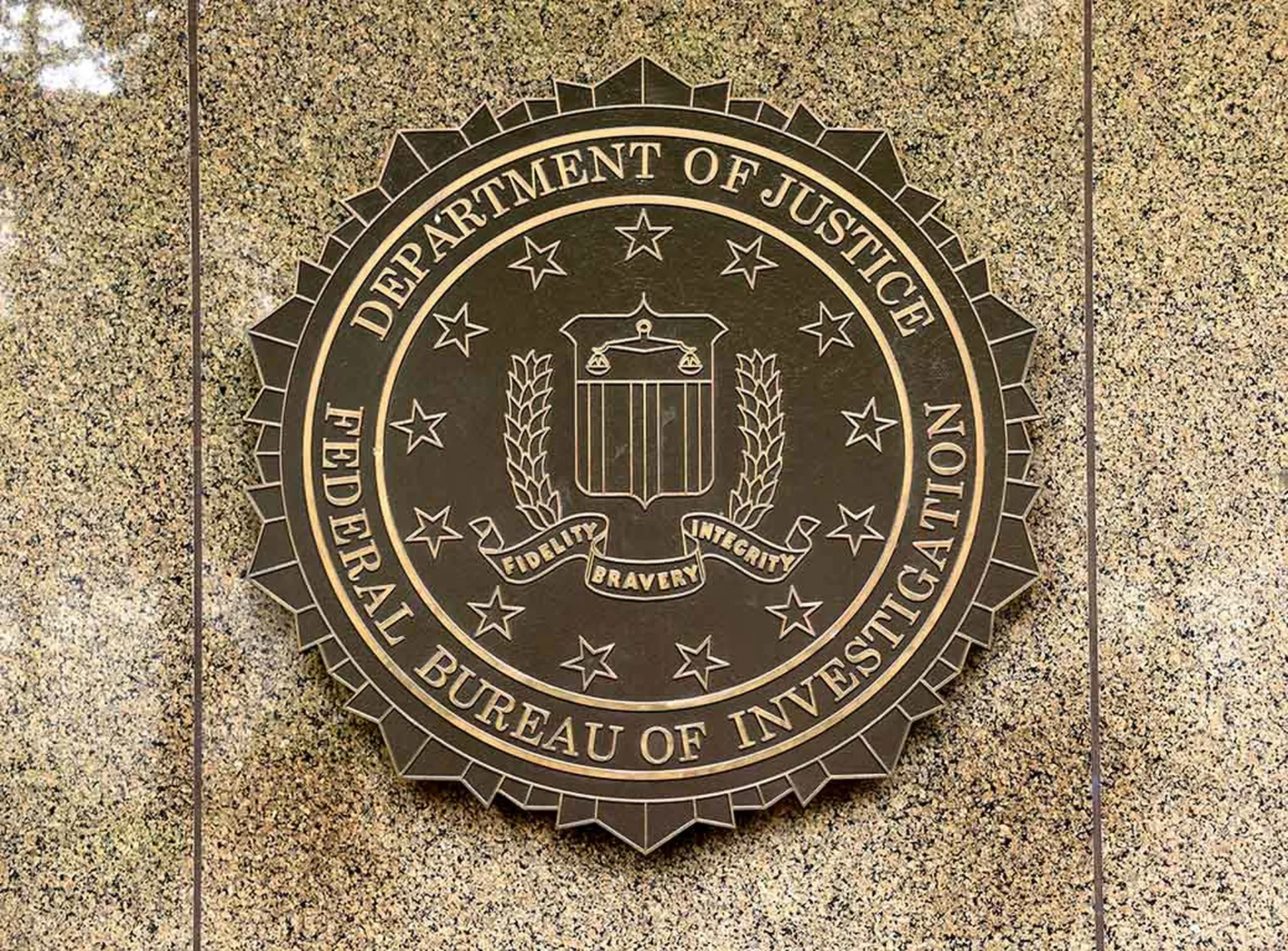Two different groups of researchers at National Institute of Standards and Technology and the University of Oxford published research that puts the encryption-breaking potential of quantum computers one step closer to reality.
The two research groups each found a way to entangle particles from different species. Oxford researchers achieved entangled calcium-40 and calcium-43 ions. The NIST researchers entangled magnesium and beryllium ions and used the entangled set to perform CNOT and SWAP gates.
This ability to entangle particles from different species is an essential component to building quantum computers. Security professionals have a name for the threat that the emerging technology of quantum-level computers will handily crack complex encryption algorithms: ‘cryptoapocalypse.' Although the projected threat is 10 to 20 years away, they believe the time to prepare for this eventuality is now.
In its research report, the Oxford team wrote that it achieved a “stable operation with an injection power of ∼100 μW and a slave laser output power of up to 110 mW.”
Earlier this week, a group of researchers discovered a quantum cryptography vulnerability that could be exploited by attackers to identify a quantum cryptography key and crack the encryption code.
Quantum computing is also on cyber security professional's radar. Quantum computers will be able to either quickly decode or massively encrypt data, but most experts feel it will not become a reality for 10 to 20 years.


